









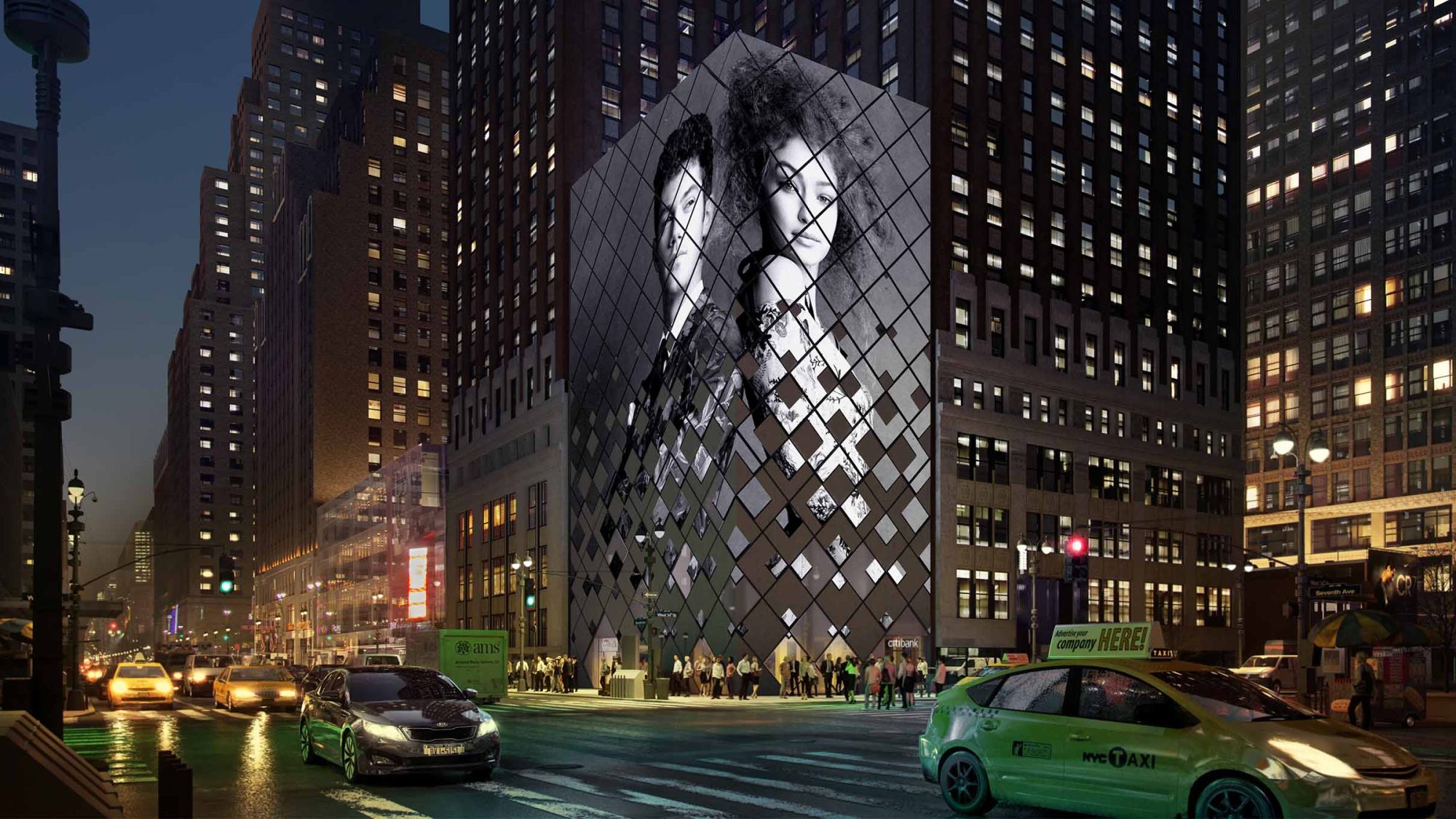
In today’s ever-evolving business landscape, the fusion of architecture and brand identity has become essential for companies seeking to make a lasting impact.
From enhancing experiences through our global interior projects to establishing brand recognition through distinctive forms and leveraging cross-platform technology – architecture offers a multifaceted canvas for brand development.
Moreover, the powerful narrative of social impact messaging has the potential to reshape brand perception. This article delves into the myriad of opportunities architecture presents for brand development. We draw inspiration from various sectors, including retail environments, and examine the dynamic nature of brand identity transformation.
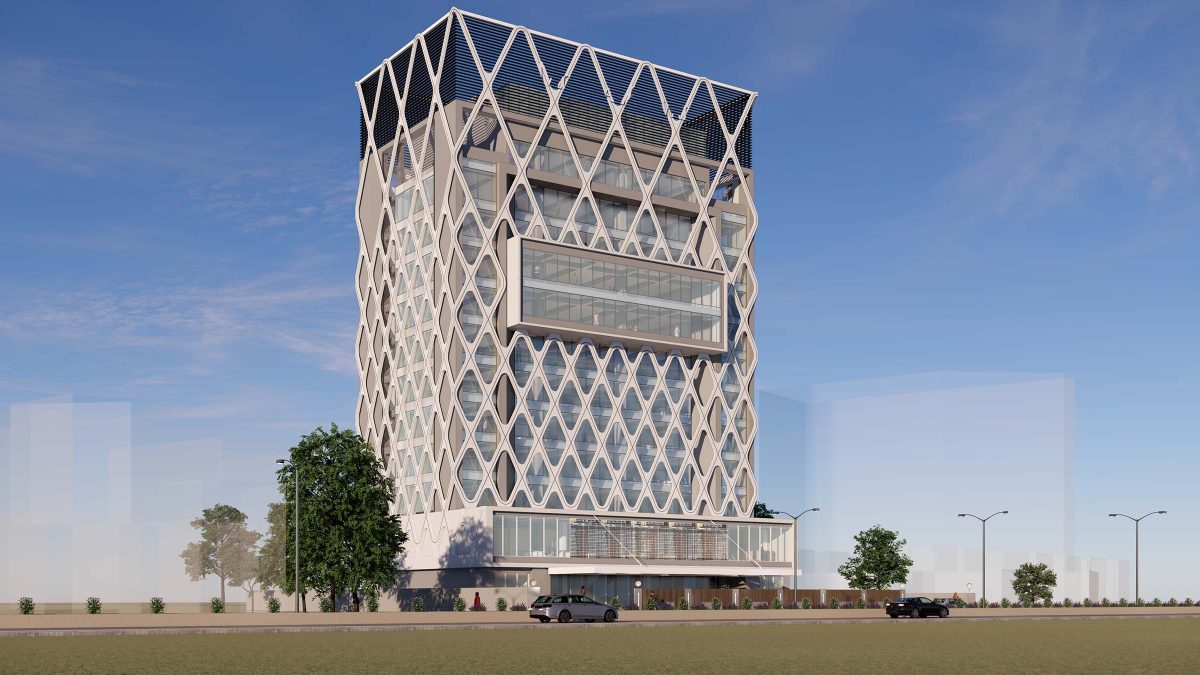 Enhancing an existing structure with the branded application of an illuminated diagrid to repurpose its aesthetic and functionality effectively.
Enhancing an existing structure with the branded application of an illuminated diagrid to repurpose its aesthetic and functionality effectively. 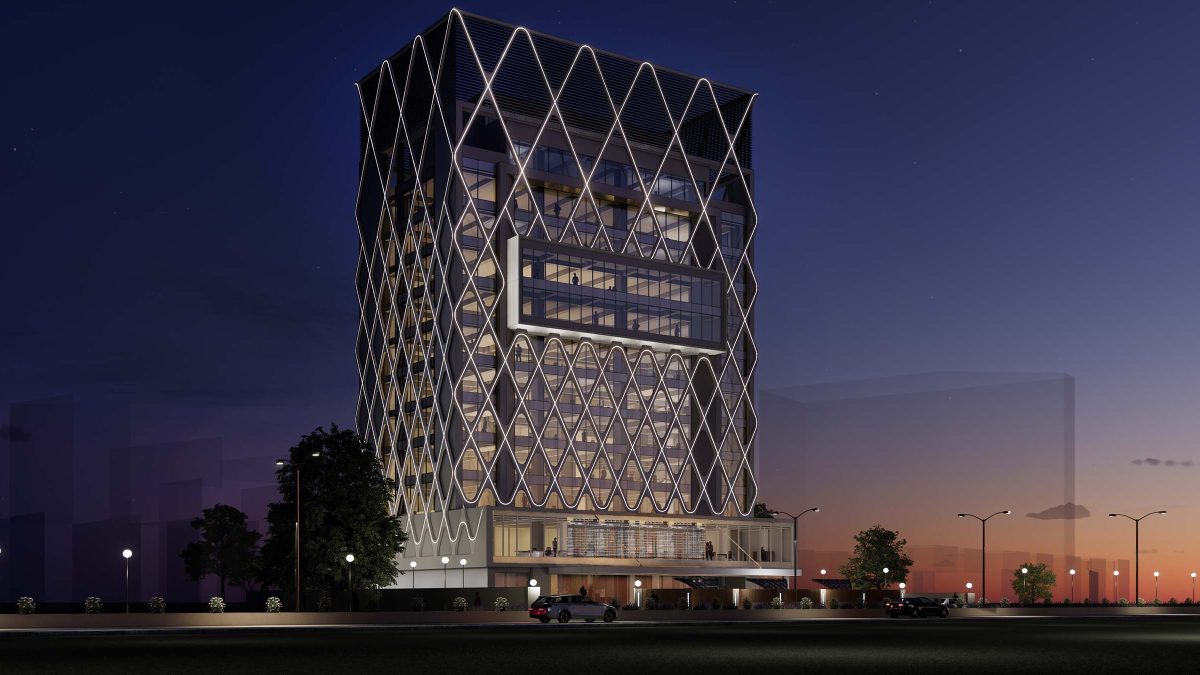
Branding had its beginnings in advertising and early mass marketing. As companies transitioned from launching new products to distinguishing their offerings, the era of logos and brand personalities emerged. Recognising that brands have the power to evoke emotions, the concept of ‘brand identity’ gained prominence. This prompts the question: how can a brand’s identity be reinforced through the built environment?
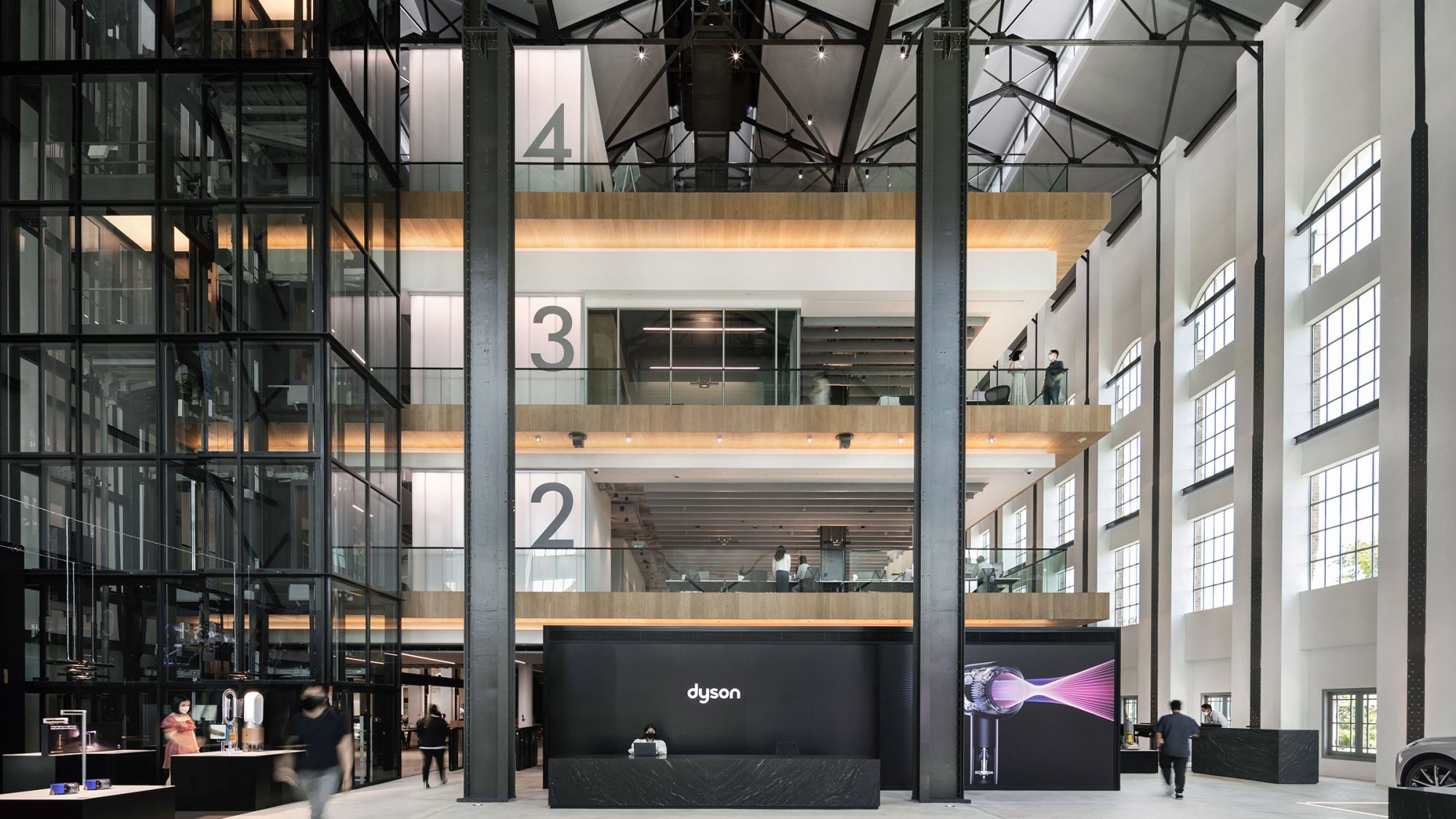 Dyson HQ, Singapore
Dyson HQ, Singapore 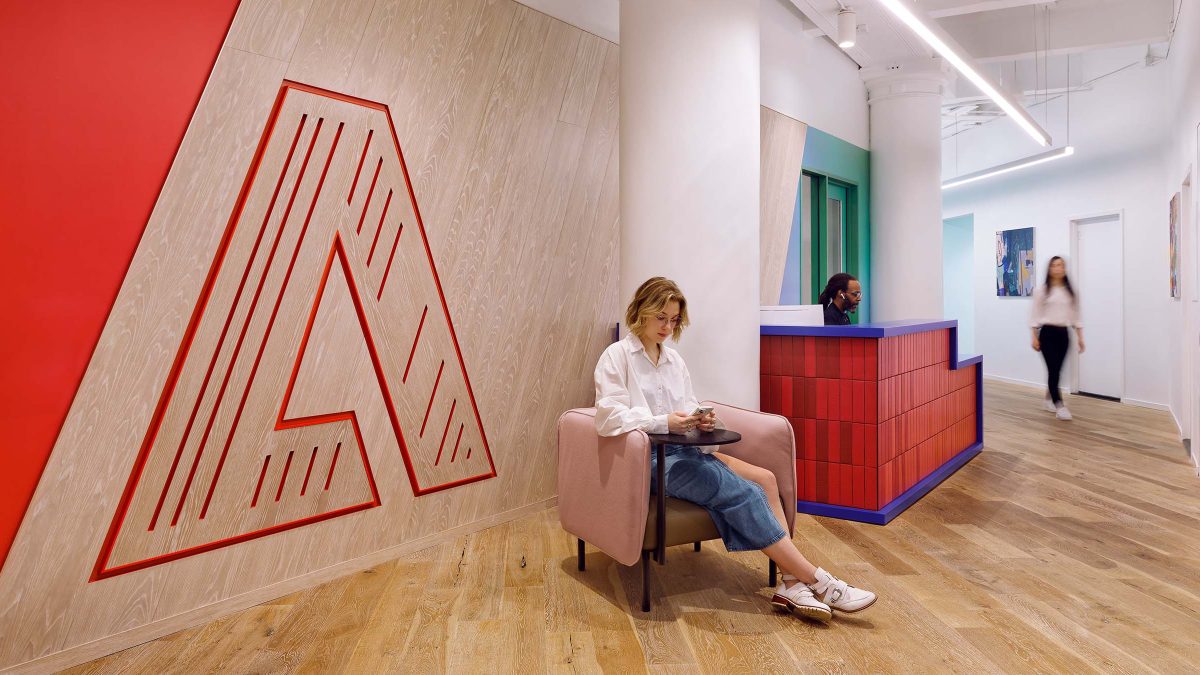 Adobe, New York
Adobe, New York 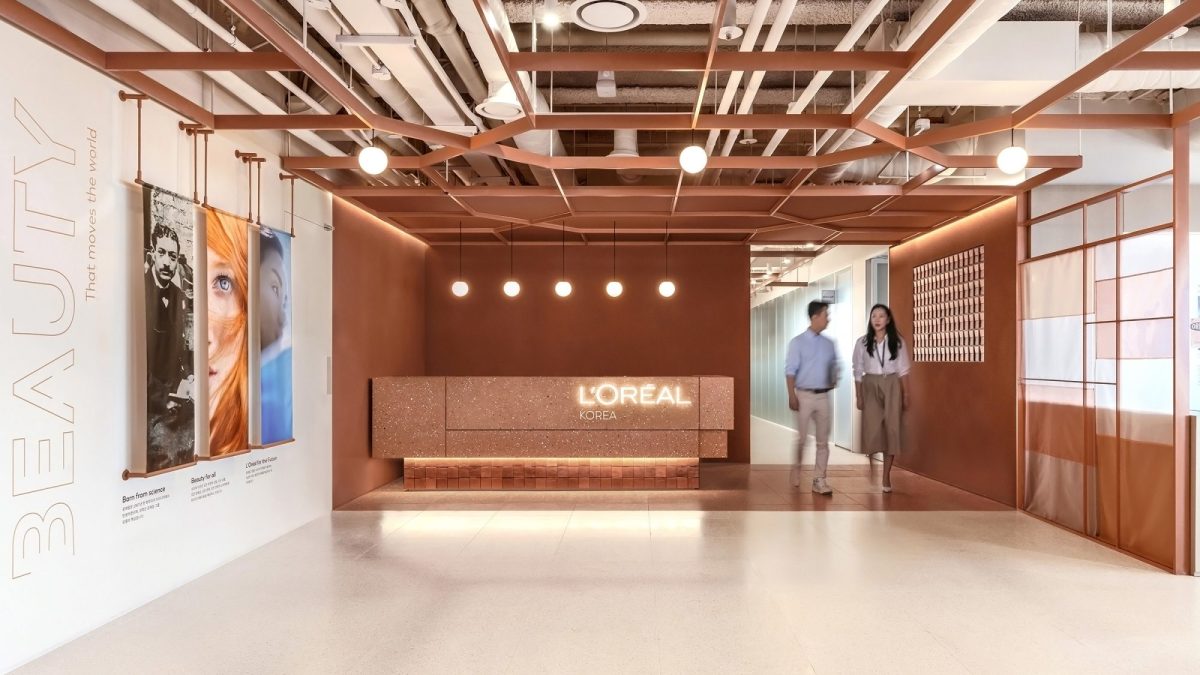 L’Oréal Korea, Seoul
L’Oréal Korea, Seoul The notion of the branded environment is centred, first and foremost, on the concept of ‘belonging’. Brands such as Nike, Apple and Tiffany strive to cultivate spaces where customers feel connected to a larger community. These environments are meticulously designed to provide a seamless experience, beginning from the moment of crossing the threshold and gradually immersing individuals in the brand’s message.
Successful branded environments thrive because people already grasp the brand’s cues, although similar principles and strategies can be applied even where these cues are less overt. Crafting a branded user experience hinges on the fundamental question: what message do we aim to convey, and how do we want it to unfold? Hotels, in particular, excel in this endeavour.
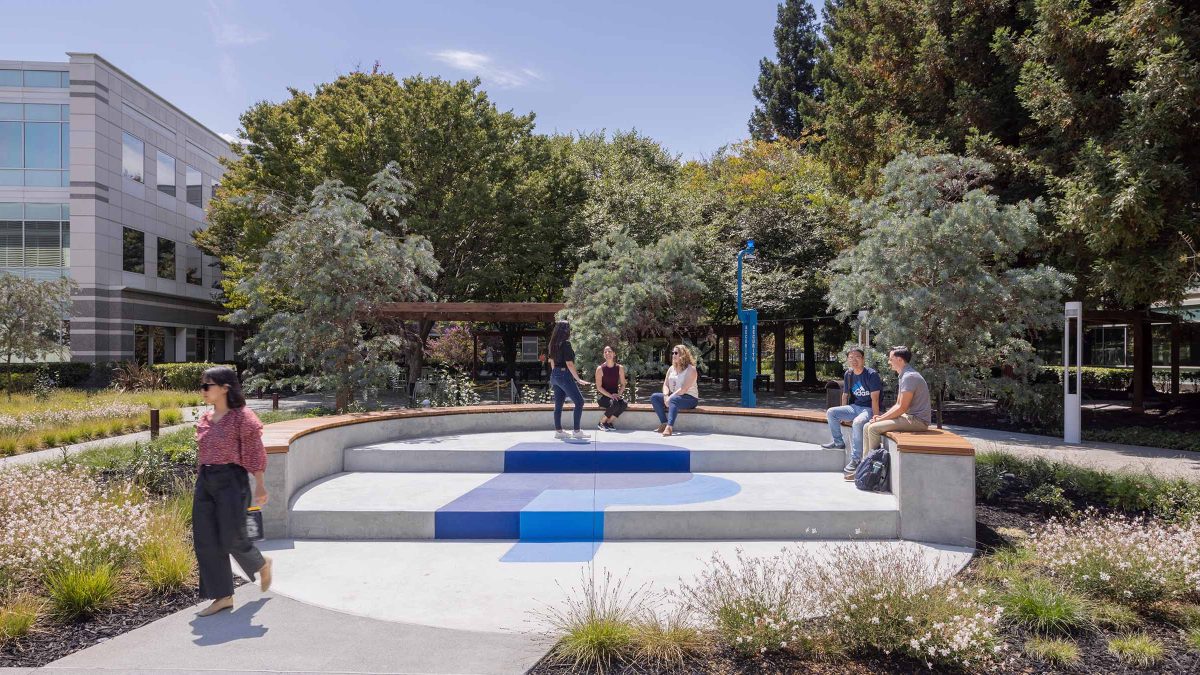 PayPal, San Jose
PayPal, San Jose 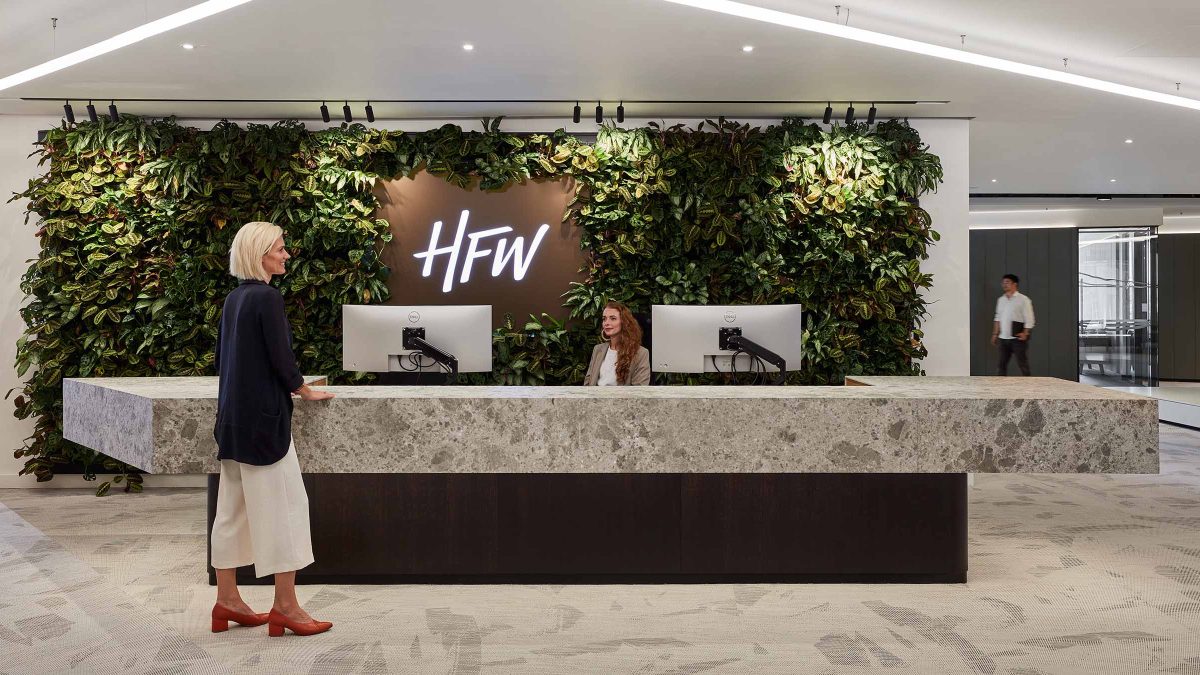 HFW, London
HFW, London While logos and logoed items (such as the iconic Coca-Cola bottle) are perhaps the most recognisable forms of branding, the concept of branded architecture has been present since ancient times. Examples like the Greek temple, the Gothic cathedral, and various stylistic orders were architectural manifestations that conveyed a brand message to their audiences. However, in today’s globalised world, with rapidly changing stylistic trends, effectively communicating a brand through architecture poses significant challenges.
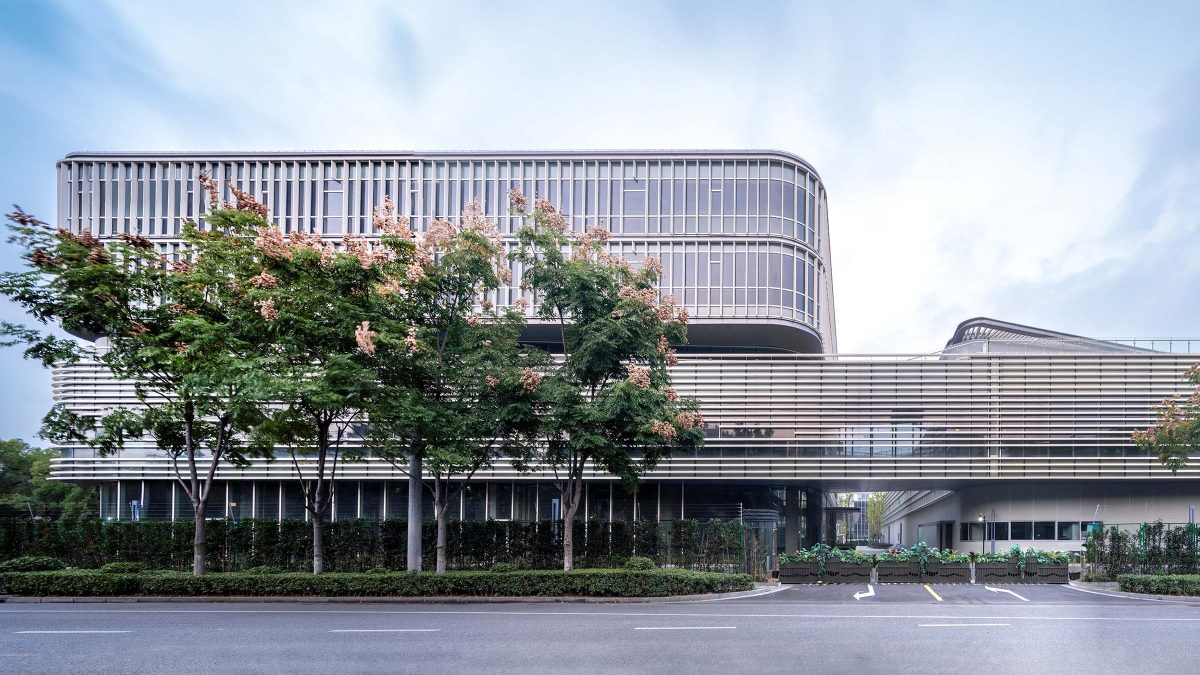 Confidential client, Shanghai
Confidential client, Shanghai Contemporary architecture must navigate a more diverse and transient stylistic landscape, making it challenging to create enduring brand expressions. While ambitious architectural feats like a skyscraper resembling a Chippendale dresser by Philip Johnson or a bespoke apartment complex designed by Zaha Hadid may attract attention, they often fail to reinforce a company’s brand message.
Architecture must strike a delicate balance to convey a brand message effectively. It should be firmly rooted in the company’s identity while possessing a timeless quality that transcends fleeting trends. The Apple Store stands out as an iconic example of this balance.
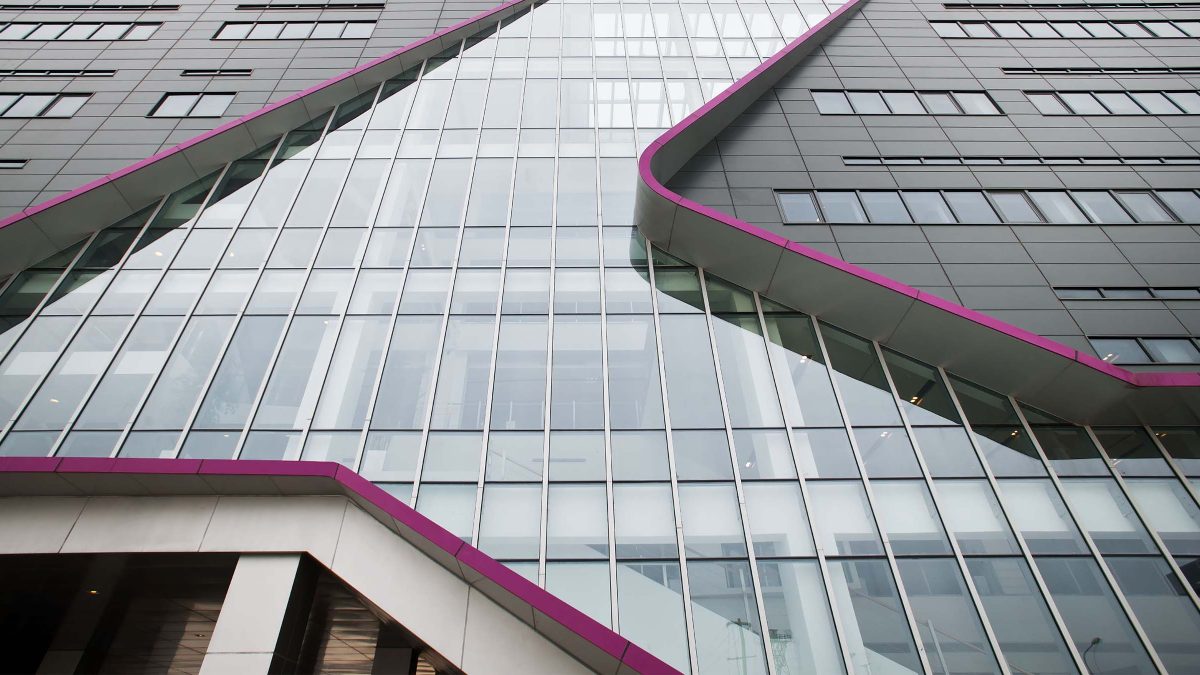 By re-designing this building's structure and façade, we introduced atriums, vertical connections and large exhibition areas to transform the space into a creative, expressive and branded workplace.
By re-designing this building's structure and façade, we introduced atriums, vertical connections and large exhibition areas to transform the space into a creative, expressive and branded workplace. Early pioneers in personal computing quickly recognised that a crucial aspect of establishing a product’s brand identity lay in its user interface. From the earliest laptops to the evolution of Mac OS, how users interact with technology has become integral to reinforcing a company’s brand. In fact, for some companies, such as TikTok, Meta (formerly Facebook), or Google, their brands heavily rely on the user interface.
In architecture, the adaptation to how users perceive and engage with buildings has traditionally involved methods like digital signage, both interior and exterior. However, there’s potential for even greater technology integration to enhance the experience. This can include features like façade-integrated lighting, application-based building automation, digital walls, and, potentially AI and wearable spatial computing technologies.
These advancements have the capacity to transform how people interact with and perceive architectural spaces, further reinforcing the built environment’s brand identity.
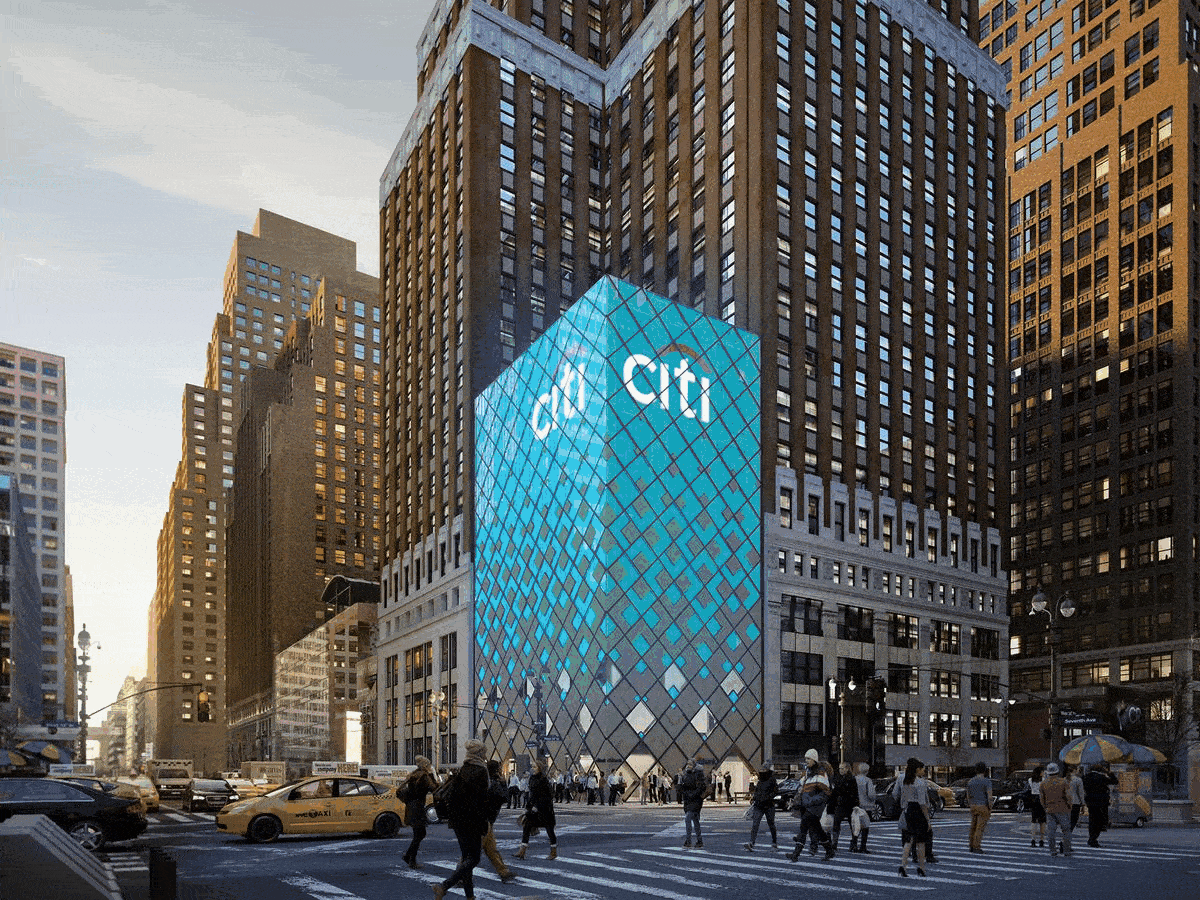 This integrated LED façade enables the visual transformation of the structure.
This integrated LED façade enables the visual transformation of the structure. 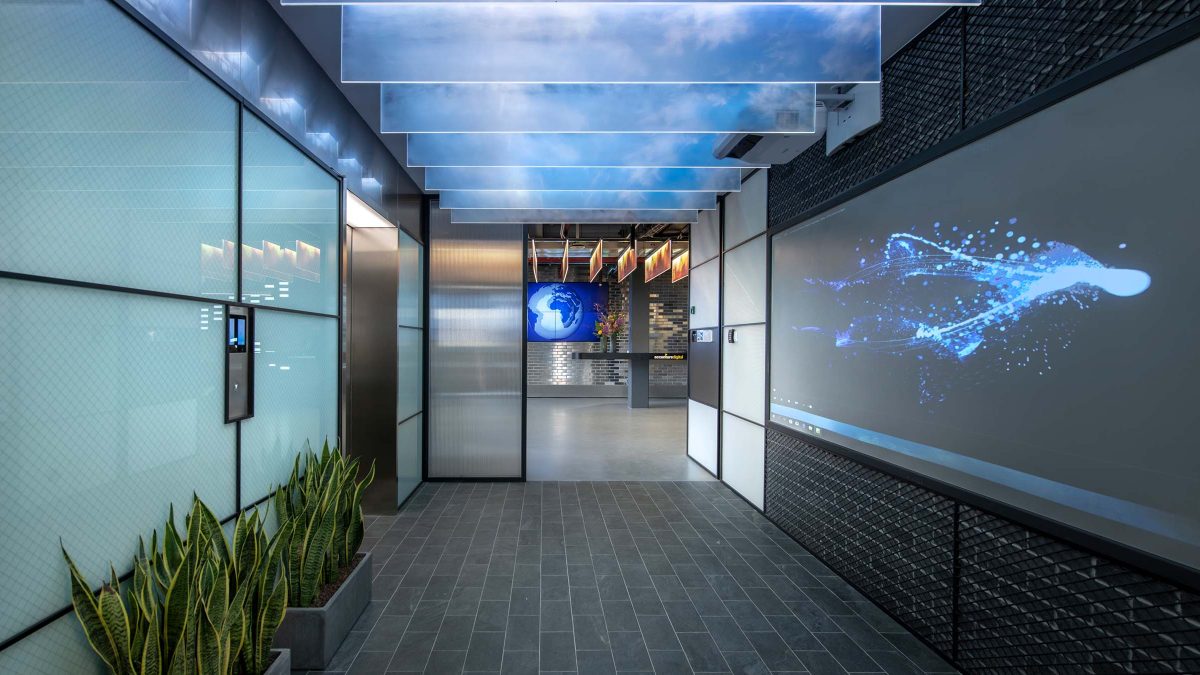 Accenture, Shanghai
Accenture, Shanghai 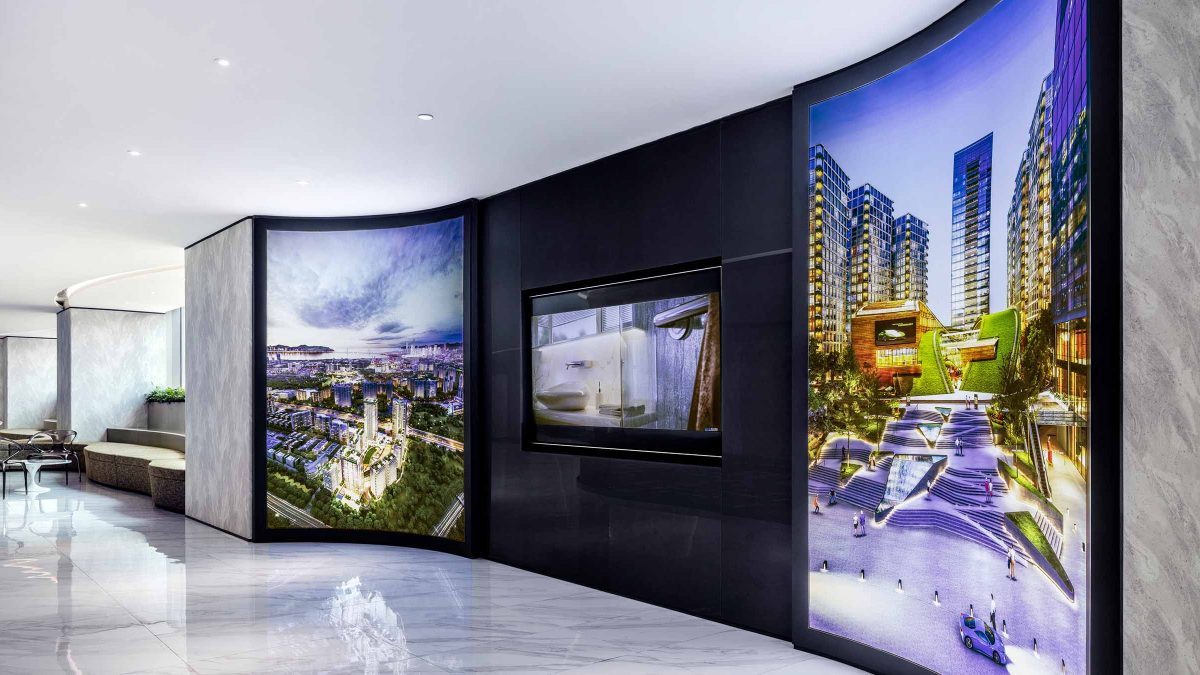 Q-Plex, Shenzhen
Q-Plex, Shenzhen Convincing consumers that adopting a brand can improve their lives is a longstanding marketing practice. Whether promoting cars over wagons or advocating for electricity instead of oil, brands have historically sought to associate themselves with progress and enhancement. However, in recent times, brand identity centred around sustainability, connecting both production practices and social impact, has emerged as a new frontier in messaging.
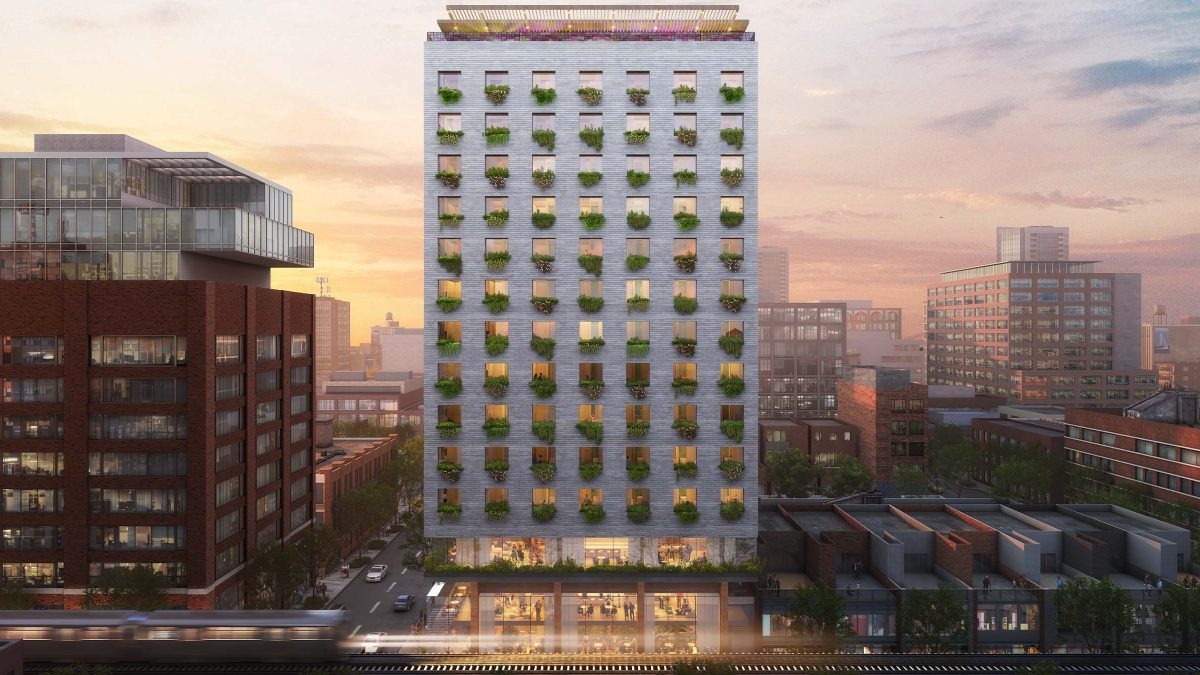 The Circadian Building in Chicago aims to create a hub for environmentally conscious living and community revitalisation.
The Circadian Building in Chicago aims to create a hub for environmentally conscious living and community revitalisation. Companies spanning various industries, such as Patagonia, Warby Parker and Bosch, are actively incorporating positive social impact into their brand identities. Simply engaging in ‘greenwashing’ through superficial nods to sustainability, such as incorporating biophilic design elements, is no longer sufficient. Instead, companies must go beyond using sustainable materials and strategies; they must establish a genuine connection with the social environment of their buildings to communicate an authentic and enduring brand message.
Retail environments offer valuable insights into the challenges faced by buildings in maintaining an adaptive brand message. The dynamic nature of brand identity presents ongoing challenges for architectural design. Buildings that are overly stylised or too generic quickly become outdated as brands strive to remain current and aligned with their messaging.
Effectively managing the evolving nature of brand identity through building form may seem daunting, but it is not impossible. Opportunities exist to fine-tune building façades through innovative techniques such as lighting and sound modulation. However, the most successful solutions will involve interiors that seamlessly integrate technology while remaining adaptable regarding materiality.
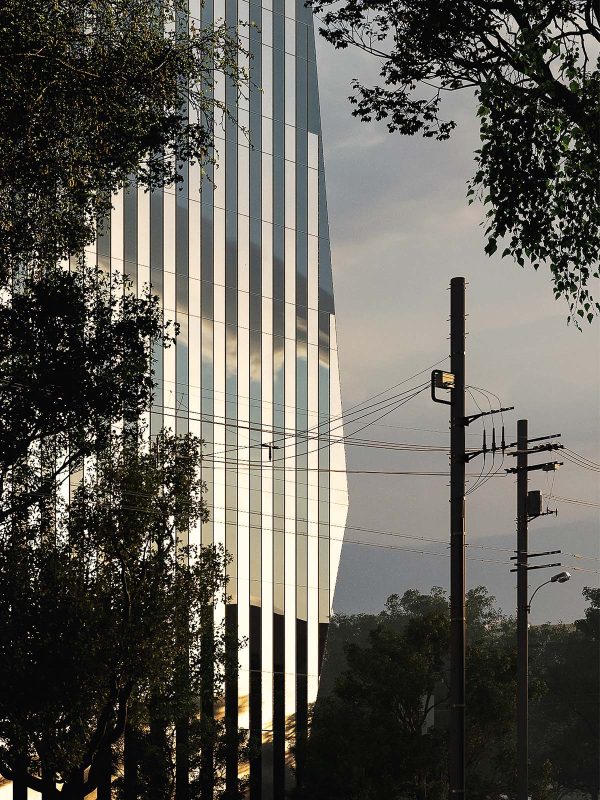 This tower's slanted design celebrates the nearby mountains and peaks, blending in with its surroundings to provide a welcoming oasis flooded with natural light and greenery.
This tower's slanted design celebrates the nearby mountains and peaks, blending in with its surroundings to provide a welcoming oasis flooded with natural light and greenery. Furthermore, conveying sustainable and socially driven messaging within architectural design is essential. Buildings must not only be environmentally sustainable but also communicate a commitment to social responsibility effectively. This requires a forward-thinking approach that prioritises both sustainability and social impact, ensuring that the building remains relevant and resonant with the brand’s message over time.
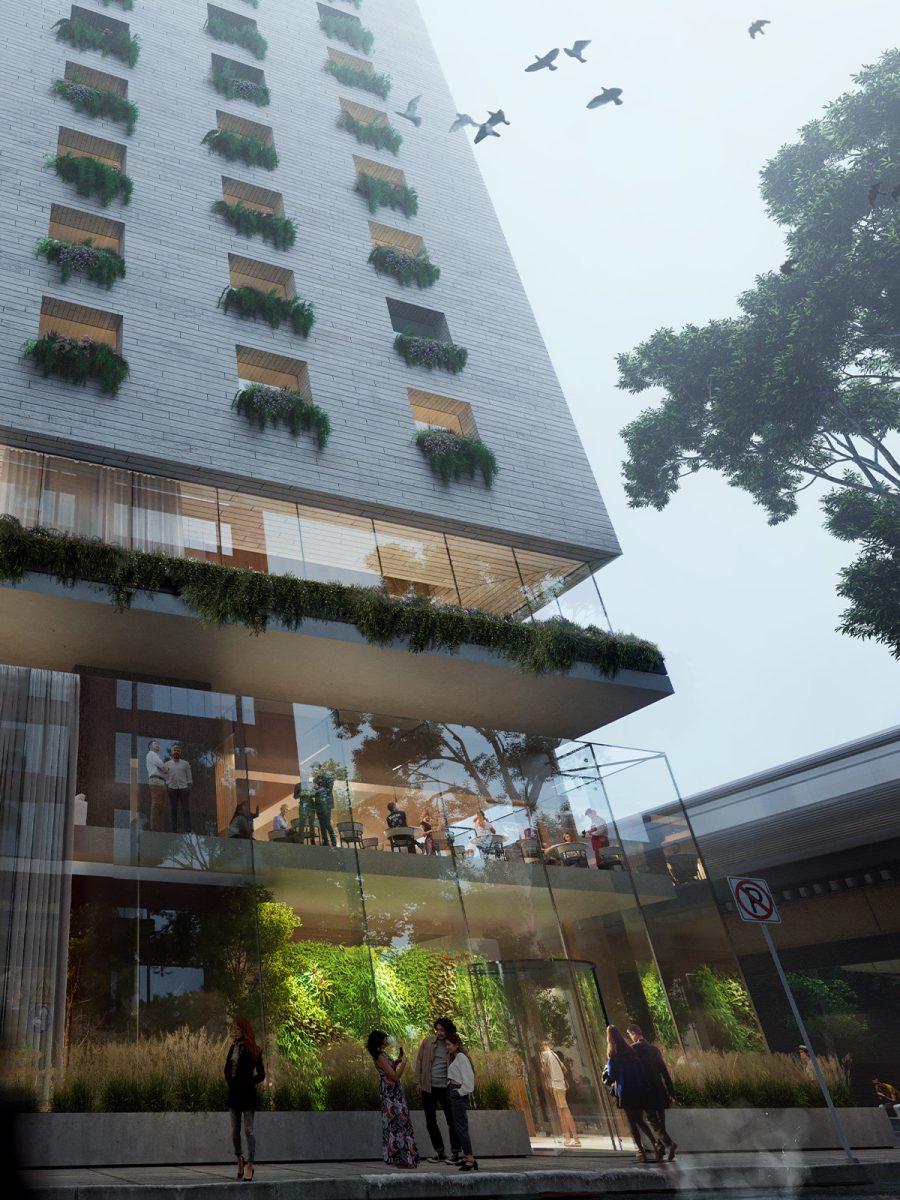
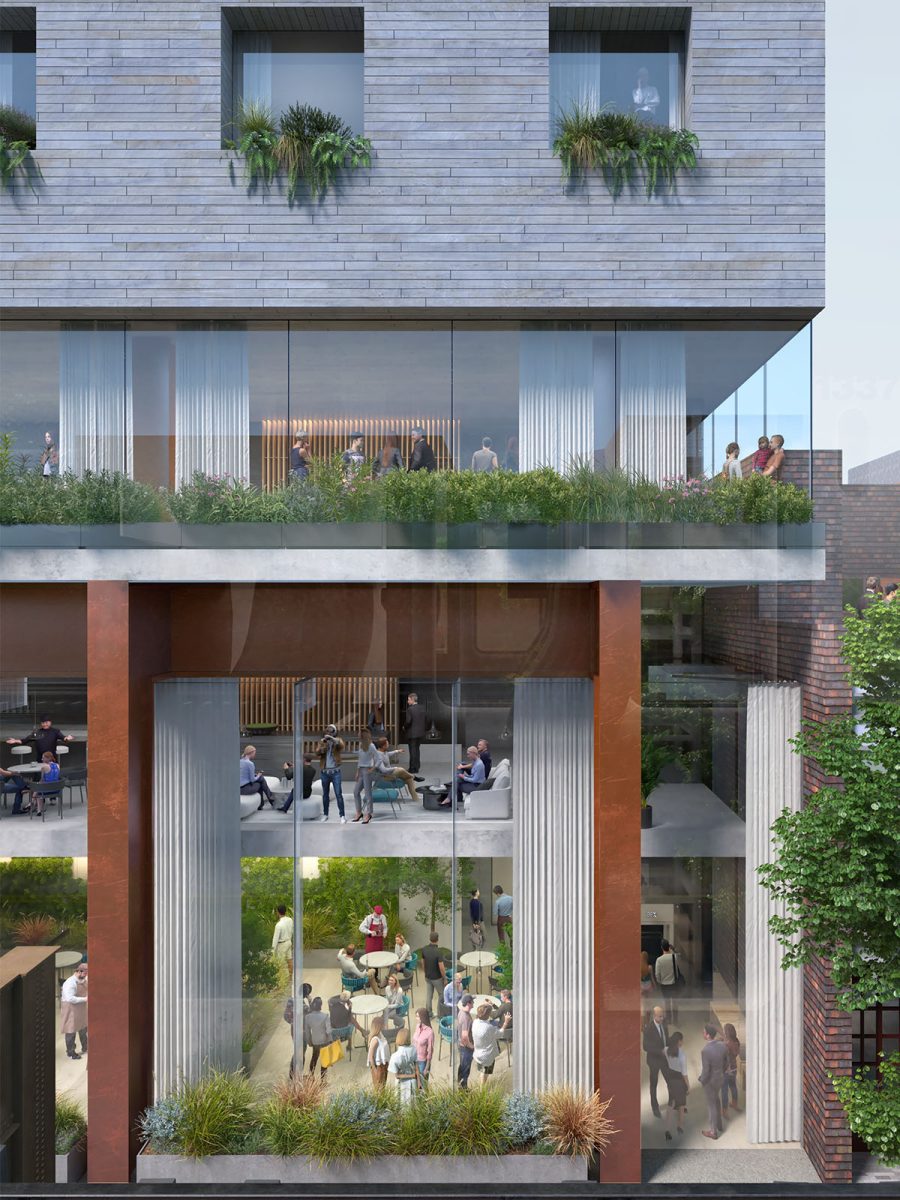
At M Moser, we offer comprehensive services tailored to your brand’s unique needs. Contact our team to learn more about how architecture can significantly impact brand identity and effectively communicate your brand message.
Director, Architecture